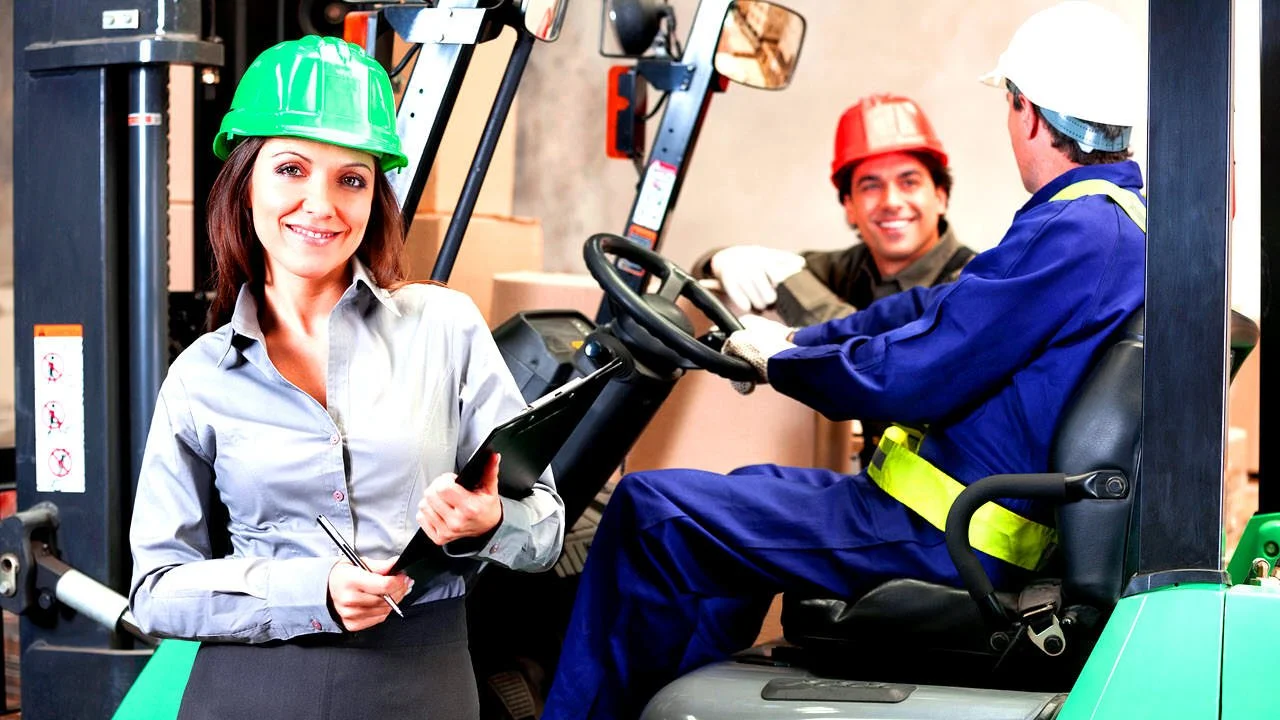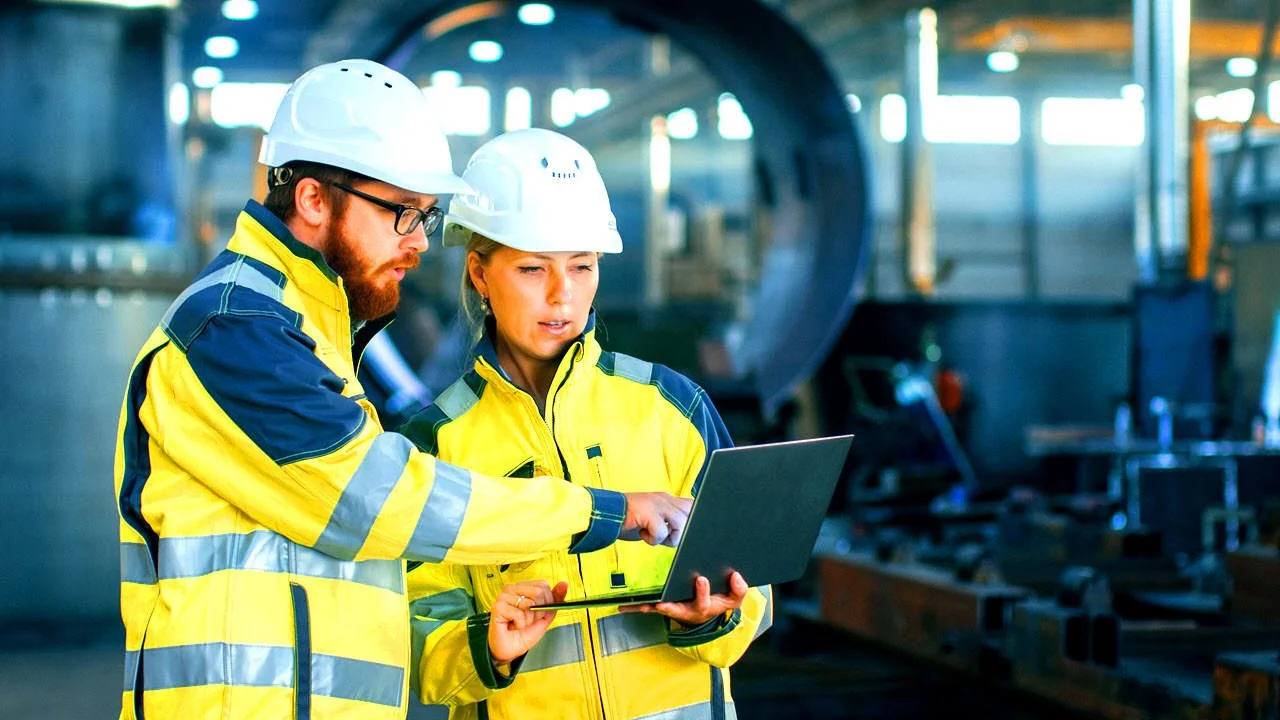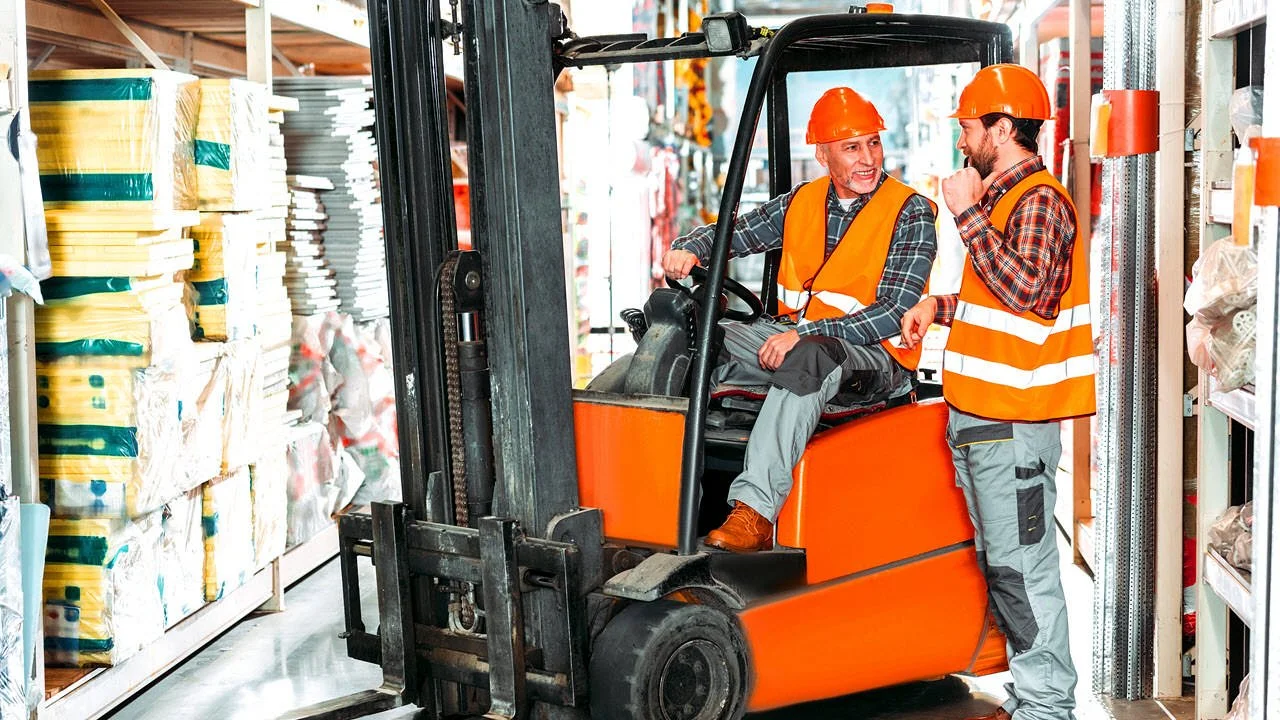Forklift Pedestrian Safety Sensors: Vision vs. Proximity Explained
Compare forklift pedestrian safety sensors — proximity, UWB, and AI vision. Learn which technology delivers accuracy with fewer false alarms.
Choosing between vision-based and proximity-based pedestrian detection systems isn't just a technology decision—it's a strategic business choice. In this article, I break down the strengths, limitations, and business implications of each approach, helping leaders navigate vendor complexity and deployment challenges. Learn more about our AI Pedestrian Detection Procurement Services. The goal: accelerate implementation, improve safety, and deliver quantifiable returns through reduced insurance premiums, decreased incident-related downtime, and enhanced operational throughput.
When I sit down with business leaders, one of the most common questions I hear is, "Which pedestrian detection system should we go with—vision-based or proximity-based?" On the surface, it sounds like a simple technical choice. But in reality, it's a decision that impacts everything from capital budgets and vendor relationships to operational efficiency and workforce safety culture.
I've worked with companies that spent four months evaluating camera specifications and AI algorithms, only to discover their 40-foot ceiling heights and frequent dust clouds made proximity systems the obvious choice. This mismatch cost them six additional months and required a complete system replacement. Learn more about our AI Pedestrian Detection Implementation Services. That's where a structured comparison becomes invaluable.
The most successful deployments I've guided follow a three-layer evaluation framework: environmental compatibility (which technologies can physically function in your space), operational alignment (which systems integrate with existing workflows), and cultural fit (which approach your workforce will consistently adopt). This framework eliminates 70% of options before you engage vendors, dramatically shortening your decision timeline. In this article, I'll walk you through the fundamental differences between vision and proximity systems, from technology performance to business outcomes so that you can choose with confidence and speed.
"The right safety technology isn't just about preventing accidents—it's about enabling your business to operate with confidence, efficiency, and measurable ROI. It becomes a strategic advantage, reducing risk while improving productivity, strengthening your safety culture, and giving you the operational clarity to grow without hesitation. When chosen and implemented correctly, it's not just a safety measure—it's a business accelerator."
1. Vision-Based Pedestrian Detection
AI-driven accuracy for complex, high-traffic environments
Vision-based systems use cameras and AI algorithms to detect pedestrians in real time. They excel in dynamic environments where workers, forklifts, and equipment are in constant motion. With machine learning, they can differentiate between a human and an object, reducing false alarms. Advanced systems achieve 95%+ accuracy in pedestrian classification using convolutional neural networks trained on millions of warehouse scenarios, with typical false positive rates dropping below 2% after proper calibration. The tradeoff? They require clear lines of sight, stable lighting, and well-planned calibration. Their biggest strength is in environments where precision matters more than raw detection range.
2. Proximity-Based Pedestrian Detection
Simple, reliable detection in challenging conditions
Proximity systems use RFID tags, UWB (ultra-wideband), or other radio-frequency methods to sense when a person enters a hazard zone. They're less affected by lighting or visibility issues and can work in dust, fog, or low-light conditions. They're often easier to install but require every worker to wear a tag, which can be a challenge in high-turnover or multi-tenant facilities. Tag compliance rates vary dramatically by industry—manufacturing facilities often achieve 85%+ compliance through established PPE protocols. At the same time, distribution centers with temporary staff may struggle to maintain 60% consistent usage without dedicated enforcement systems. Their biggest strength is consistency—if the tag is present, the system works, regardless of the visual environment.
3. The Business Decision
Aligning technology with ROI and operational culture
Vision vs proximity isn't a "better or worse" decision—it's about fit. Vision systems typically require 20-30% higher upfront investment and ongoing calibration every 90-120 days, but deliver superior precision in complex environments where proximity systems would generate excessive false alerts that operators quickly learn to ignore. Proximity systems can achieve full deployment in 2-3 weeks versus 6-8 weeks for vision systems, but their effectiveness drops exponentially when tag compliance falls below 75%—a threshold that requires active management systems and cultural reinforcement strategies. When we guide clients through this choice, learn more About Our Team, we factor in environment, workforce behavior, multi-site deployment complexity, and long-term scalability. The goal is always the same: select the technology that delivers the fastest path to measurable incident reduction without creating operational friction.
Actions Today
Assess Your Environment: Document lighting conditions throughout operational hours, measure particulate levels during peak activity, and identify blind spots where ceiling heights exceed 35 feet or structural elements block camera sightlines—environmental factors that can eliminate 40-60% of technology options before vendor discussions begin.
Map Risk Zones: Identify where pedestrian-vehicle interactions occur most often; vision excels in complex zones, and proximity in consistent hazard areas.
Plan for Adoption: If using proximity, outline how you'll ensure every worker consistently wears their tag. If using vision, plan regular camera maintenance and calibration. Learn more about our AI Pedestrian Detection Support Services.
Run a Small Pilot: Deploy test systems in your highest-incident-density zone for 60-90 days, tracking false positive rates, operator bypass frequency, maintenance requirements, and measurable behavior changes—data that becomes your negotiation leverage and implementation roadmap for full deployment. View our Pricing Options.
Conclusion
Your choice between vision-based and proximity-based pedestrian detection isn't about "better tech"—it's about making a strategic decision that directly influences incident frequency, equipment utilization rates, worker productivity, regulatory compliance costs, and capital allocation efficiency over the next 5-7 years. When the right system is matched to the right environment, it does more than prevent incidents; it frees your team from constant workaround thinking, reduces downtime, and reinforces a proactive safety culture.
I've documented deployments where properly matched systems reduced reportable incidents by 60-80% within 12 months, shortened insurance carrier site inspections from two days to four hours, and eliminated the productivity drain of constant safety meetings and incident investigations that previously consumed 8-12 hours of management time weekly. Learn more about our Industry Experience. Conversely, I've also watched companies struggle for years with underperforming systems chosen without considering workforce behavior, environmental factors, or deployment complexity.
By aligning the technology's strengths with your site conditions, workforce culture, and growth objectives, you create a solution that doesn't just meet compliance—it actively fuels business performance, safeguards your people, and positions your company for sustainable, scalable growth.
Contact us to discuss your pedestrian detection strategy.
#SafetyTechnology #AIPedestrianDetection #ForkliftSafety #CollisionAvoidance #EHS #WorkplaceSafety #AI #IndustrialSafety #WarehouseSafety #ConstructionSafety #BusinessGrowth




